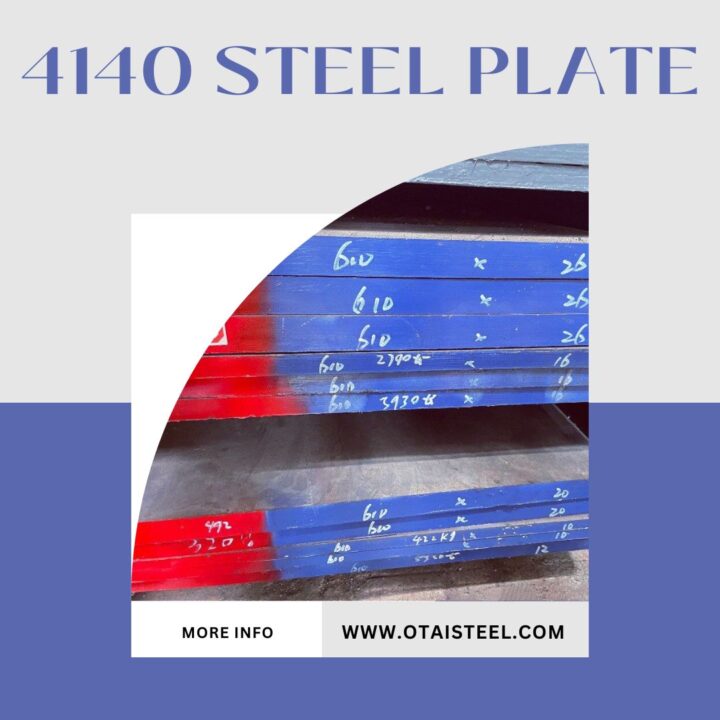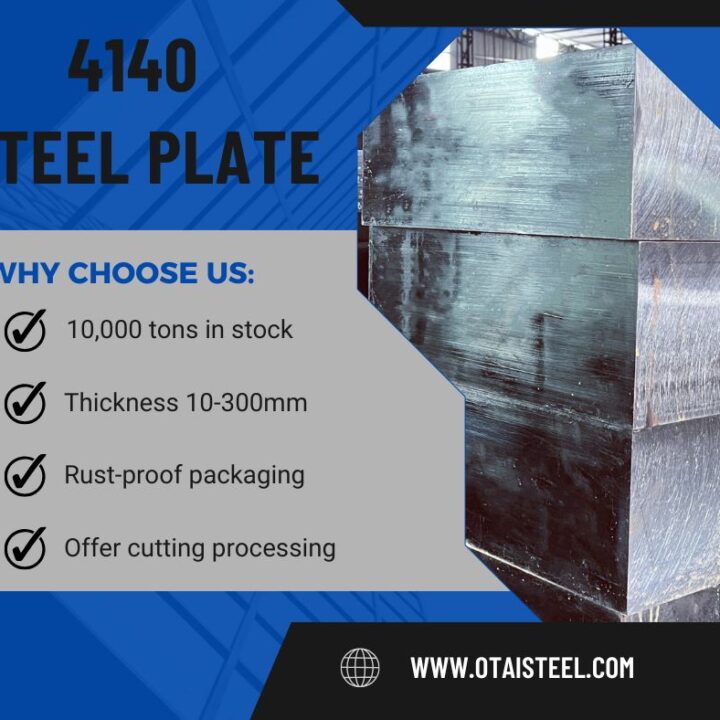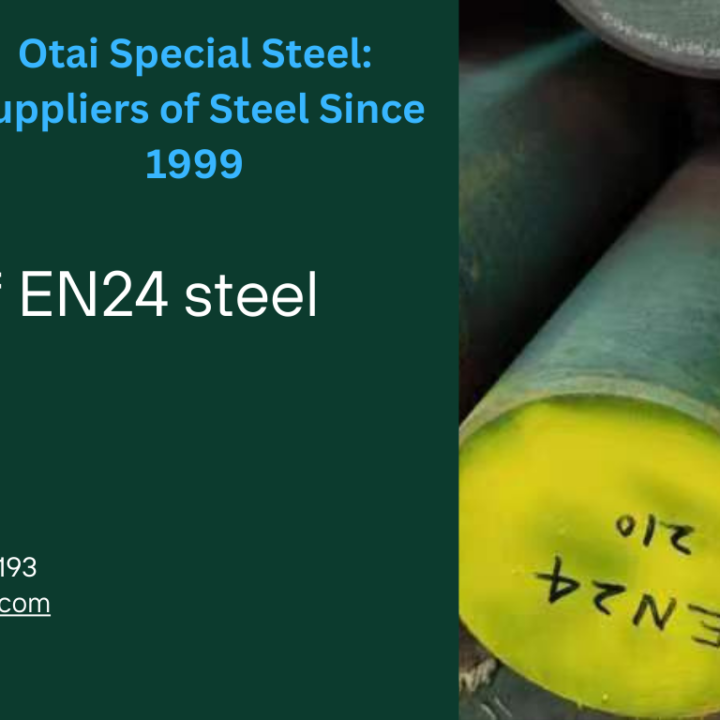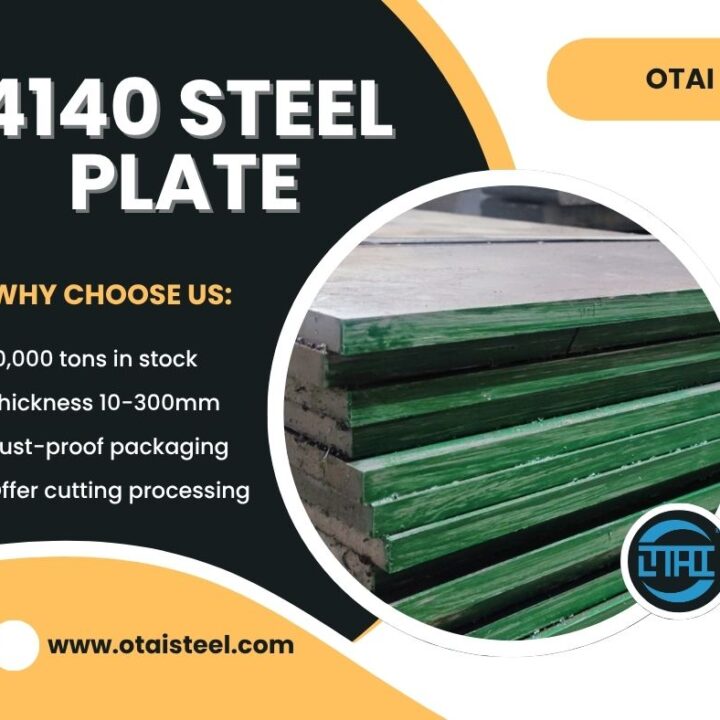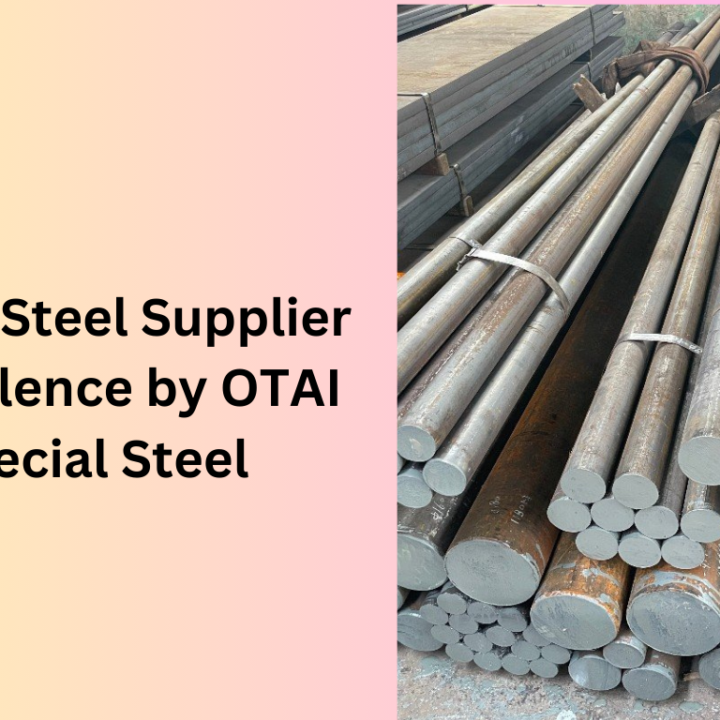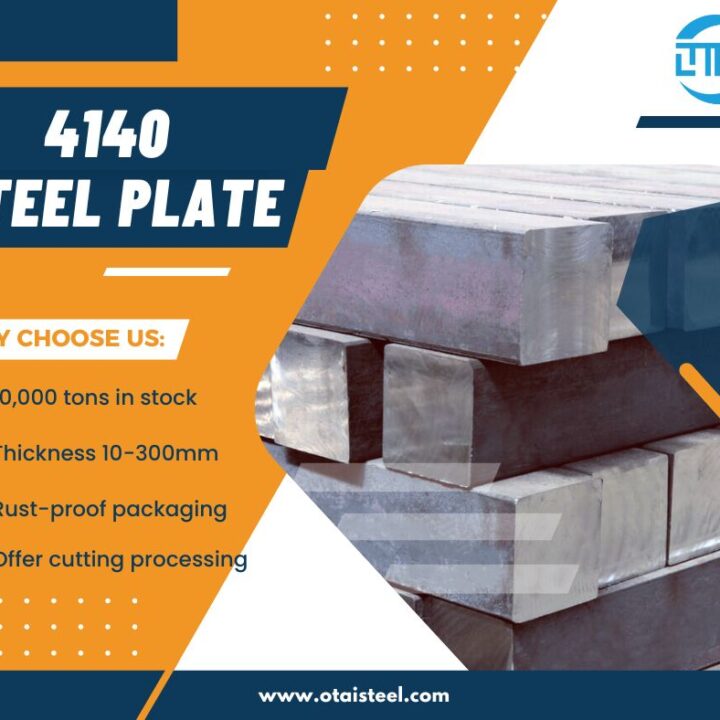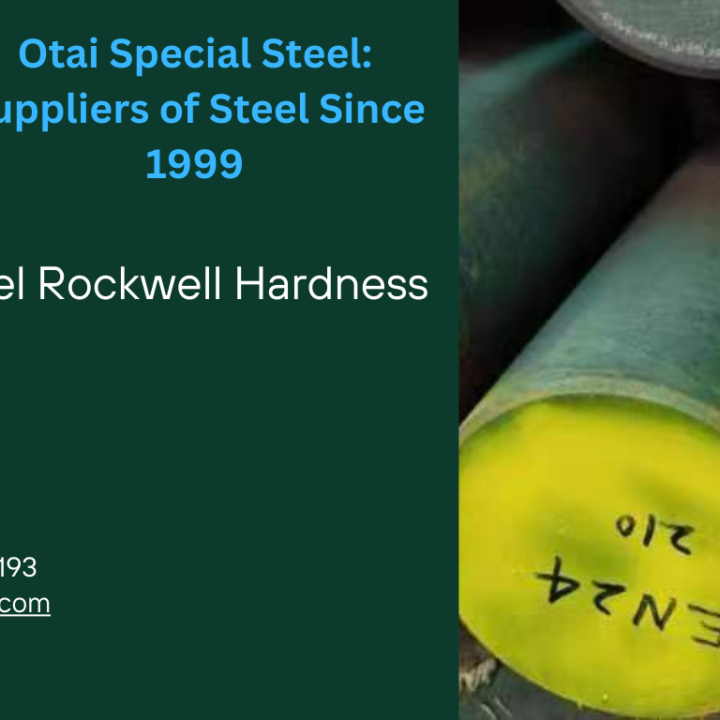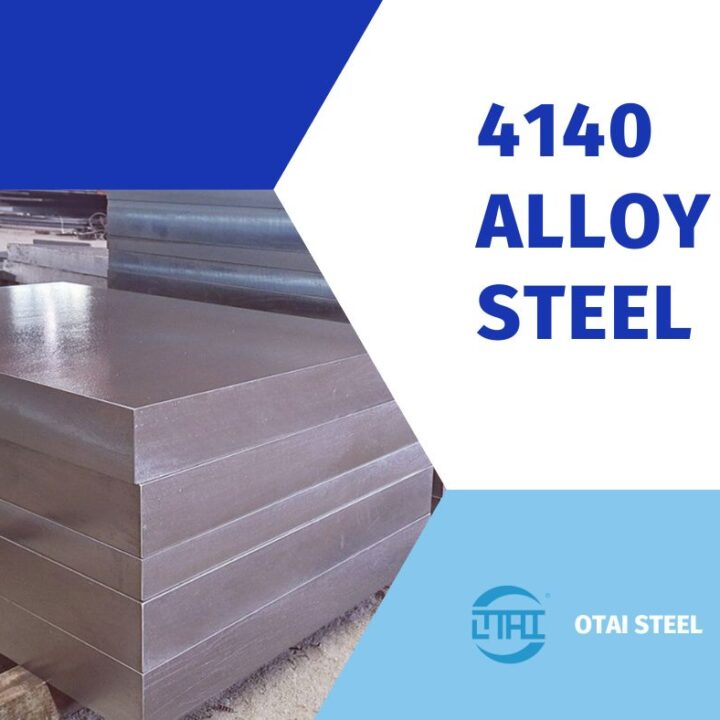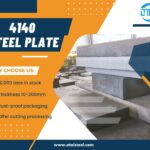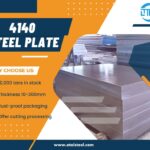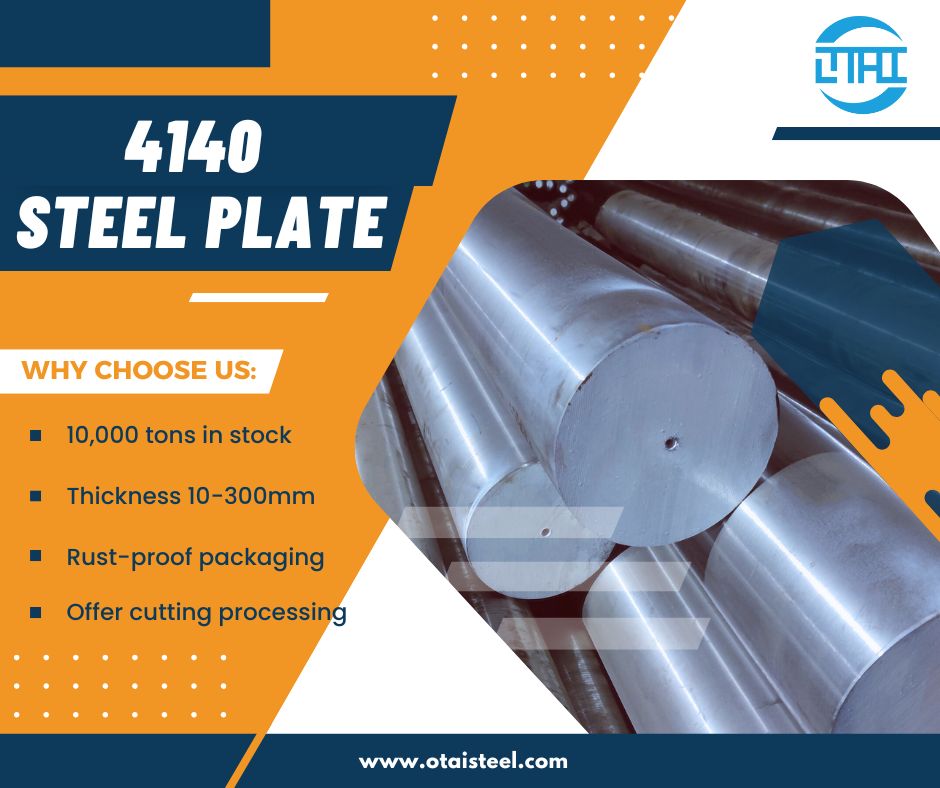 Bending Strength of 4140 Steel: How Much Can It Handle?
Bending Strength of 4140 Steel: How Much Can It Handle?
Thinking about using 4140 steel in a bending application? You’re not the only one. Every month, engineers, machinists, and fabricators ask us:
“Can 4140 steel be bent without cracking?”
“What’s the actual bending strength of 4140 steel?”
“How does it compare to mild steel or other alloys?”
Great questions—and today, we’re breaking it all down for you. Whether you’re designing a heavy-duty shaft or planning to form a bracket out of alloy steel, understanding how 4140 behaves under flexural stress is critical.
📌 What Is the Bending Strength of 4140 Steel?
The bending strength of 4140 steel—also known as flexural strength or modulus of rupture of 4140 steel—refers to the maximum stress the material can handle before failing in a bending scenario.
While exact numbers depend on condition (annealed, Q&T, etc.), here’s a general range:
| Condition | Flexural Strength (MPa) | Flexural Strength (ksi) |
|---|---|---|
| Annealed | 650 – 750 MPa | 94 – 109 ksi |
| Quenched & Tempered (28–32 HRC) | 950 – 1100 MPa | 138 – 160 ksi |
These values closely relate to the yield strength in bending for 4140 steel, which increases significantly after proper heat treatment. So yes—4140 is strong, but the way it’s processed makes a huge difference.
🔥 Factors That Affect Bending Strength
Before you throw a bar of 4140 in your press brake, consider these key factors:
1. 🔧 Heat Treatment
Heat treatment is a game changer. As-rolled or annealed 4140 is more ductile but lower in strength, making it easier to bend. Quenched & tempered (Q&T) 4140 has higher strength but reduced ductility.
👉 For example, bending properties of 4140 steel after heat treatment can range from good to risky—depending on hardness level. At 32 HRC, hot bending is usually required to prevent cracking.
2. 📐 Cross-Section & Thickness
The thicker the material, the higher the stress concentration during bending. A 25mm bar of Q&T 4140 won’t bend the same way a 6mm plate will.
-
Thin plates (≤10mm): easier to bend cold
-
Medium-thick bars (10–20mm): may need preheat
-
Thick bars (>20mm): usually require hot bending to avoid fracture
3. 🌡️ Temperature During Bending
Cold bending? That’s only viable if the steel is in annealed or normalized condition.
For hardened or Q&T 4140, hot bending around 850–900°C is safer and helps avoid surface cracking or internal stress buildup.
⚠️ Cold Bending vs Hot Bending: Which is Better?
Here’s a quick comparison if you’re debating:
| Method | Condition of 4140 | Risk Level | Notes |
|---|---|---|---|
| Cold Bending | Annealed / Normalized | ⚠️ Medium | Requires large bend radius, may cause strain hardening |
| Hot Bending | Q&T or hardened | ✅ Low | Ideal for tough jobs, followed by re-tempering |
| Warm Bending | ~600°C range | ⚠️ Medium | Improves ductility a bit without full hot forming |
So, can 4140 steel be bent without cracking?
Yes—but you’ll need to control the temperature and the forming method based on its condition.
🧪 Minimum Bend Radius Guidelines
Bending too tight? You’ll likely cause a crack. Follow this general guide to stay safe:
| 4140 Condition | Minimum Bend Radius (× thickness) | Notes |
|---|---|---|
| Annealed | 2.5–3.0× | Cold forming is possible |
| Normalized | 3.0–4.0× | Safer with preheat |
| Q&T (28–32 HRC) | 4.0–6.0× | Hot bending required |
| Nitrided / Surface-hardened | Avoid bending | Cracking risk from brittle surface |
✅ Pro Tip: If you’re not sure, increase the radius and preheat the steel, especially on parts thicker than 20mm.
⚙️ Real-World Application: 4140 in Flexing Environments
One of our clients in Texas manufactures leaf spring mounting brackets for off-road vehicles. They initially used mild steel, but brackets bent permanently under dynamic load.
🔄 Switching to Q&T 4140 steel improved performance dramatically—no deformation after 10,000 flex cycles in lab testing.
Another example? A European oilfield equipment company switched to forged 4140 for high-pressure pipe clamps. The material’s modulus of rupture of 4140 steel allowed thinner sections to withstand the same load—cutting weight by 20%.
🧠 4140 vs Other Steels for Bending
Let’s compare:
| Material | Flexural Strength | Cold Bendable? | Notes |
|---|---|---|---|
| Mild Steel | ~370 MPa (54 ksi) | ✅ Yes | Easy to form, low strength |
| 1045 Carbon | ~600 MPa (87 ksi) | ⚠️ Limited | Cracks if bent tightly |
| 4140 Steel | ~1100 MPa (160 ksi) | ⚠️ Needs control | Strong, but requires right technique |
| 4340 Steel | ~1200 MPa (174 ksi) | ❌ Difficult | Excellent strength, poor formability |
So while 4140 isn’t as easy to bend as mild steel, its strength and fatigue resistance make it worth the effort—if you know what you’re doing.
🛠️ Summary: Bending 4140 Steel the Smart Way
To get the most from 4140 steel flexural strength, remember:
-
Match bending method to heat treatment state
-
Don’t cold-bend hardened 4140—reheat it first
-
Watch your bend radius—bigger is safer
-
Post-forming stress relief is highly recommended
Whether you’re making brackets, couplings, or flex-loaded components, 4140 is a beast—but only when you treat it right. 💥
🏭 Why Choose Otai Special Steel for 4140 Material Supply?
Here’s why thousands of engineers and manufacturers worldwide trust us:
- Over 10,000 tons of alloy steel in stock
- 4140 bars, plates, and cut parts from 6mm to 300mm thick
- Supply in annealed, normalized, or Q&T conditions
- Custom cutting, pre-machining, and heat treatment available
- Third-party inspection (SGS, BV) on request
- We supply to Thyssenkrupp, Borealis, Schlumberger, and more
- Fast worldwide delivery with rust-proof packaging
📧 jack@otaisteel.com
📱 +8676923190193 (WhatsApp)
Need help choosing the right 4140 for bending? Send us your specs—we’ll make it easy.
❓FAQs – Bending Strength of 4140 Steel
Q1: Is 4140 steel stronger than mild steel in bending?
Yes. It offers 2–3x the bending strength of mild steel.
Q2: Can you cold bend 4140 steel?
Only if it’s annealed or normalized. Hardened 4140 needs hot bending.
Q3: What happens if I bend Q&T 4140 cold?
You risk micro-cracking, crazing, or total fracture.
Q4: Does bending weaken 4140 steel?
Not if done properly and followed by stress relief or tempering.
Q5: Do you offer 4140 in pre-cut sizes for forming?
Absolutely! Just send your dimensions—we’ll take care of the rest.
